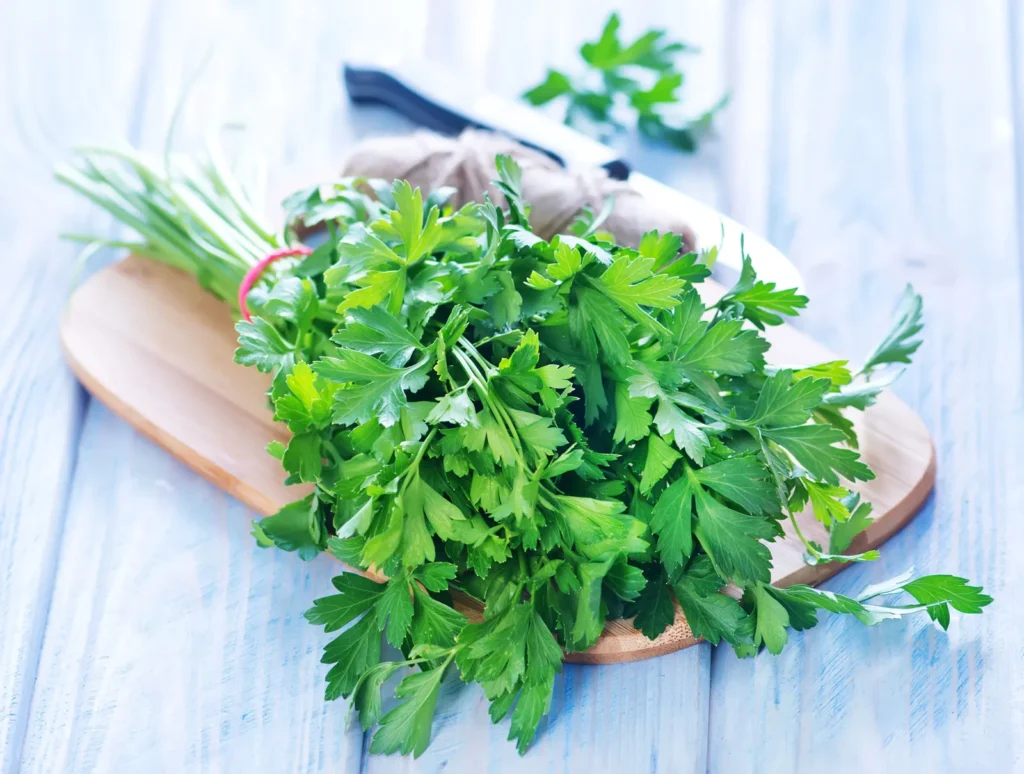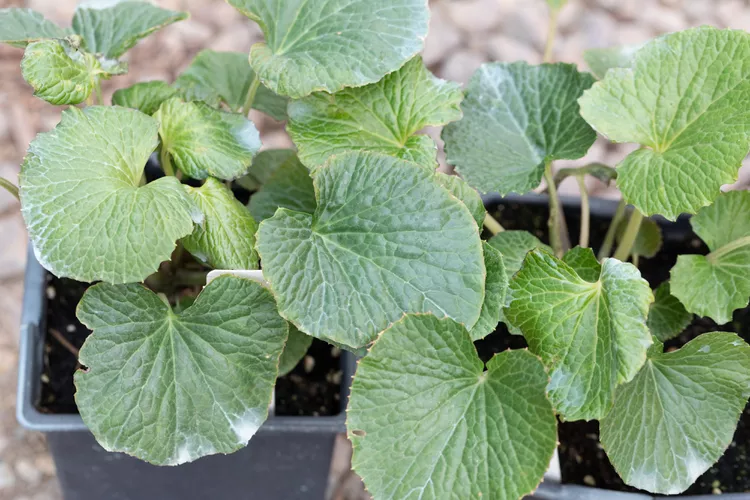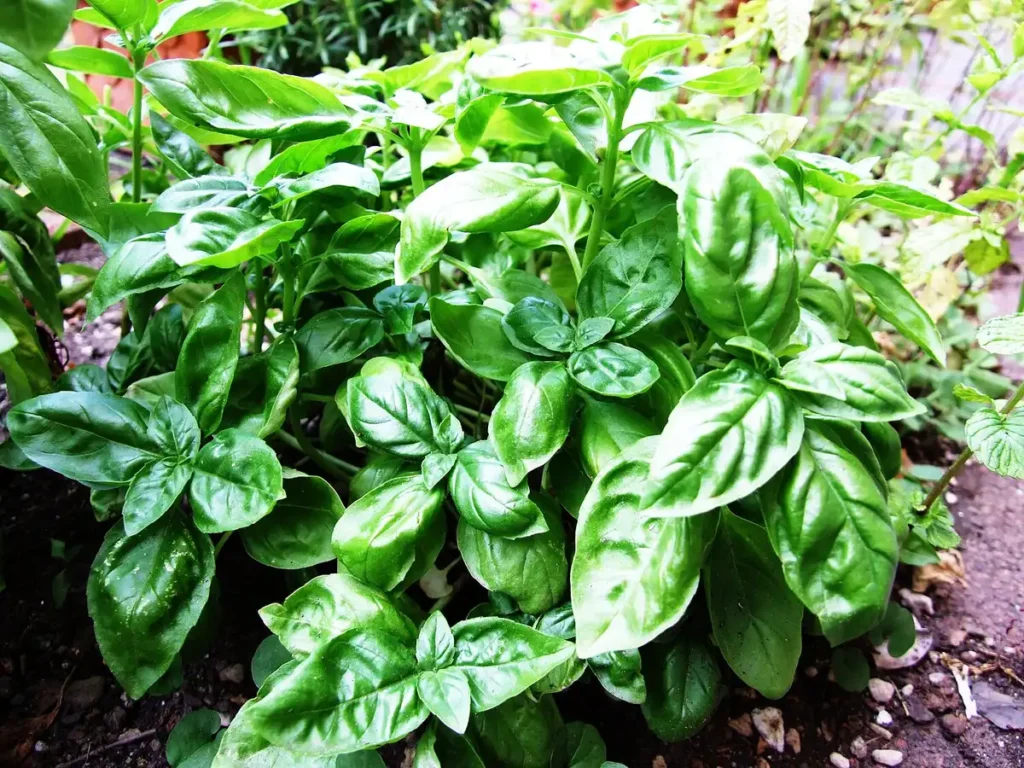
Description
The herbaceous, perennial plant grows upright and produces flowers in umbels at the top of its stalks. It has a base rosette of leaves and stems with additional leaves. When crushed, the lustrous, glabrous green to yellow-green stems and leaves have a faint celery-like scent. The stem leaves are smaller, less split, and have fewer leaflets than the larger basal leaves, which are tripinnate and have broad, triangular to rhomboidal, bluntly pointed leaflets with a few marginal teeth. Late spring is when the globose umbels of yellow to greenish-yellow blooms open.
Habitat
Native to western Asia, the Mediterranean region, and portions of the Middle East is this herb. It has been grown for millennia all over the world and has become naturalized in most of Europe and parts of North America.
Uses
You may add flavor to food or use fresh leaves in salads and soups. Lovage is a popular cooking spice used all around the world. Additionally, lovage extracts have been utilized to enhance food flavor. In general, these extracts are thought to be harmless.

Plant Care
- Plant lovage where it receives partial to full sun. Although it prefers full sun, it may survive a few hours in partial shade during the day, especially in growing zones that are warmer. The pH of the soil should be somewhat acidic, at about 6.5, and it should drain properly. It favors loamy, sandy soil. When planting, add a lot of organic matter because this herb prefers rich soil, in contrast to other Mediterranean herbs.
- At all times, keep the soil slightly damp but not soggy. The leaves can become bitter when the soil dries up. To assist retain water, add a layer of mulch made of leaf mold, peat moss, or grass clippings, about an inch thick.
- Plants should be spaced 18 inches apart. After planting, they take 85–95 days to reach maturity.
- Since lovage needs a lot of nitrogen, using fertilizers high in nitrogen is usually a safe idea. The greatest option for modifying soil at the start of the growing season is manure or compost; dry or liquid fertilizer can be used for the remainder of the season. When the plant is still a seedling, feed it softly; as it grows older, gradually increase the amount. Verify the NPK number, which represents the relative amounts of the three macronutrients—nitrogen, phosphorus, and potassium—in the combination before applying chemical fertilizers. Select the choice with the highest first number, such as a 13-2-5, or even one that includes exclusively nitrogen, like a 16-0-0, as you desire a high-nitrogen option.
Table





